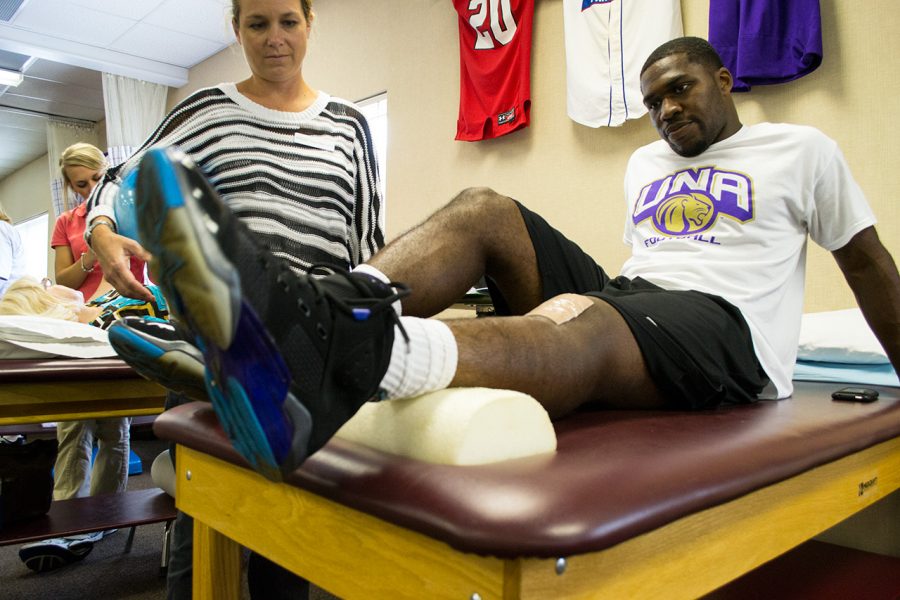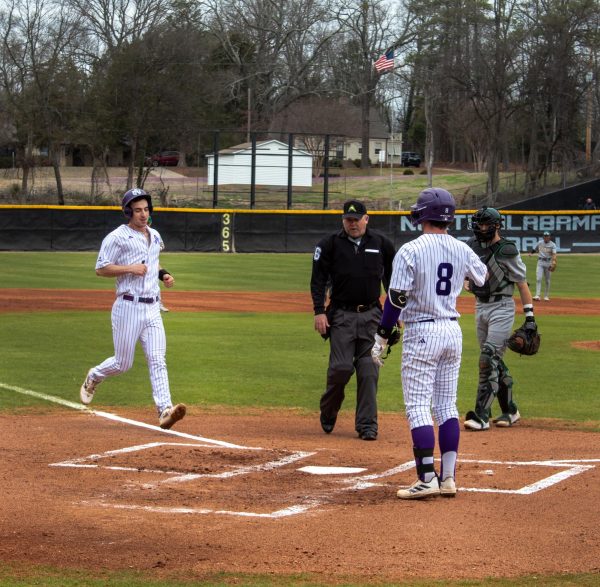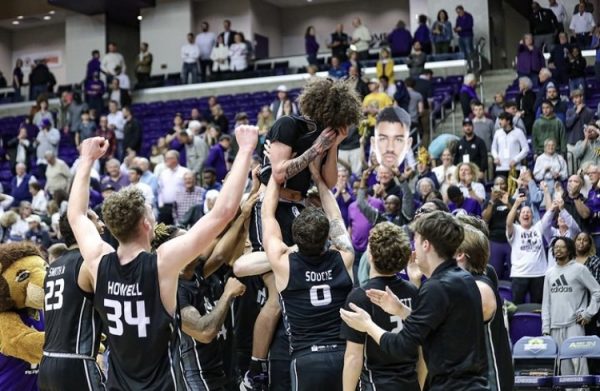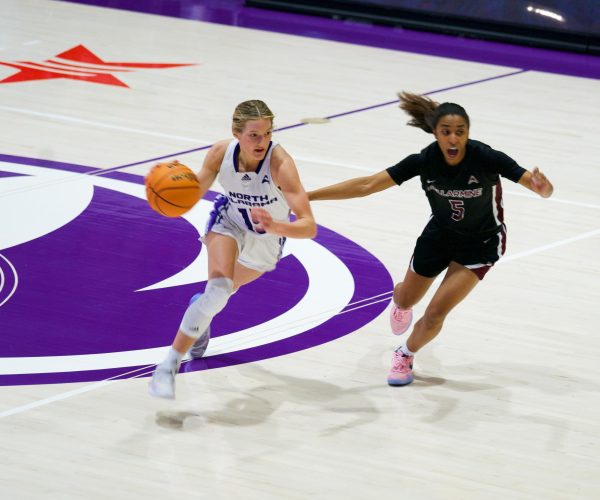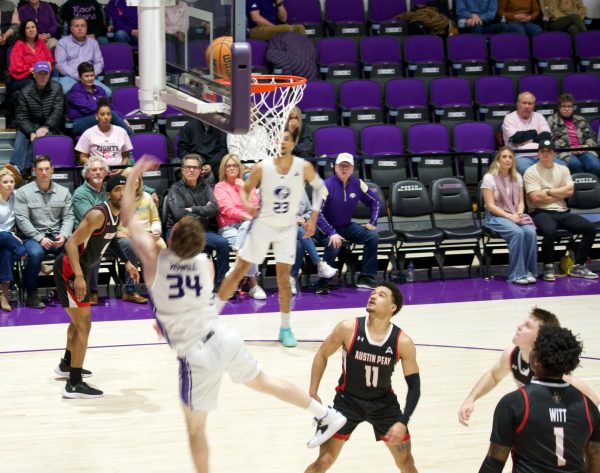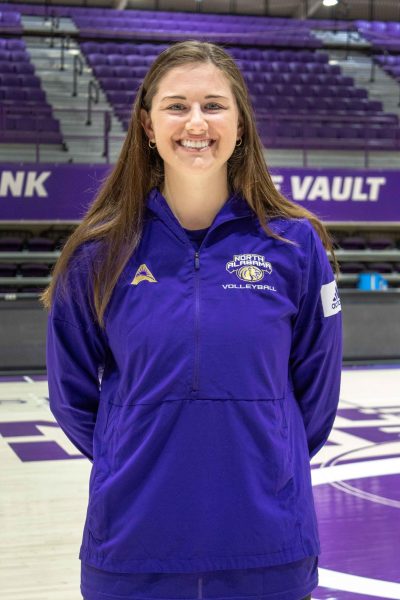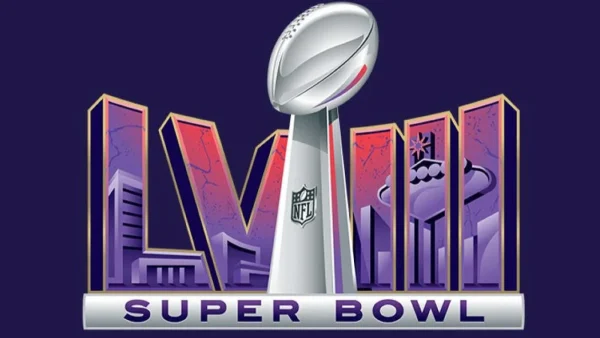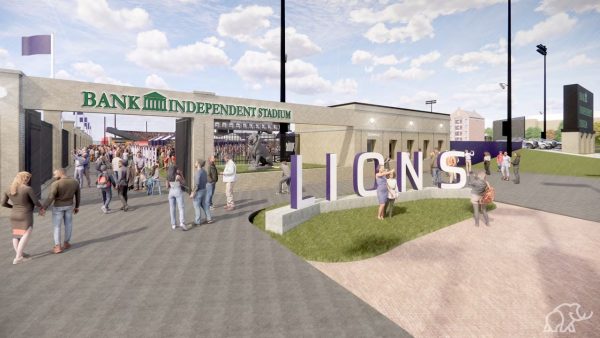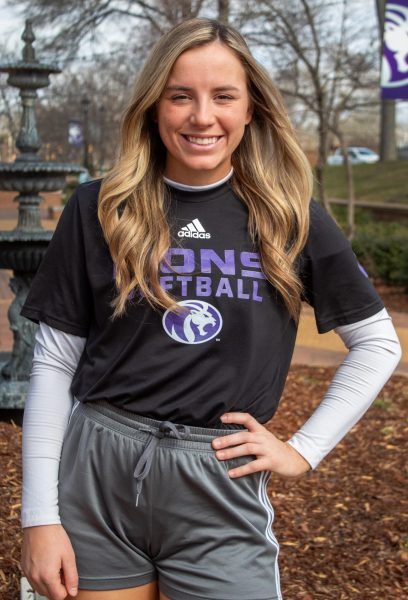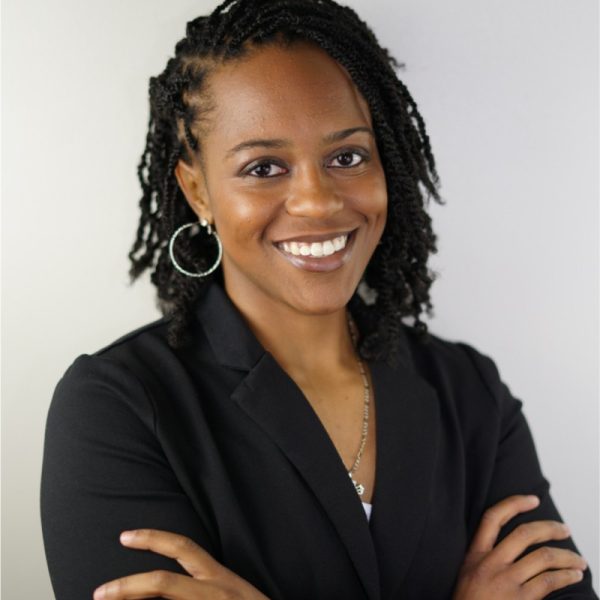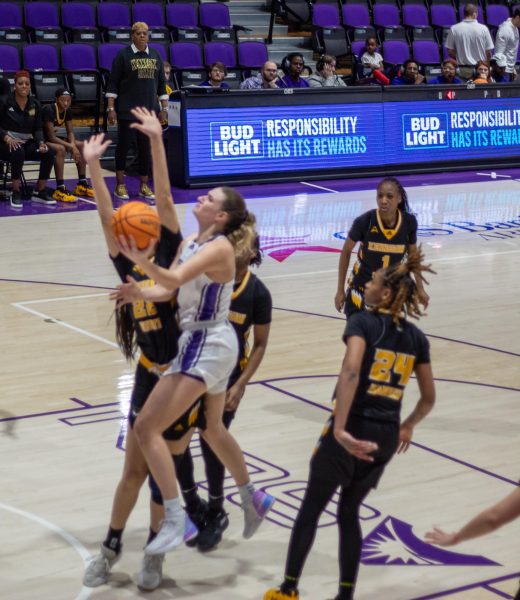Players’ healing ahead of schedule
March 14, 2013
In sports, injuries often come with the territory. Receiver Chris Simpson and Safety Nick Williams, two of UNA’s football players, are doing well after ACL (anterior cruciate ligament) injuries that took place last season in August and should be playing again in the fall.
“They’re way ahead of schedule,” said Bobby Wallace, head football coach. “They should be full speed when we start back up in August.”
The players are back on the field for spring practice but are avoiding contact, said Josh Penny, UNA head athletic trainer.
“I feel right back at home,” Williams said. “I want to stay on the positive side of the statistic and be one of the percent that comes back from an ACL injury.”
Both players suffered injuries in the same practice, during a scrimmage about a week before the season began.
“It was a bad pain, but I was hoping it wasn’t my ACL,” Simpson said. “I didn’t know the severity of the injury after surgery. I had heard of people not healing right and not being able to play again.”
The ACL is one of the major ligaments in the knee. Injuries to the ACL can take anywhere from six months to a year to fully heal.
“These injuries are one of the most common in football that take the longest to recover from,” Wallace said. “They’re the ones you hate to have.”
Simpson said the support he has received from his coaches and teammates has helped him stay motivated.
“My teammates have been doing a good job of keeping me motivated and just pushing me and having my back,” Simpson said. “The coaches are always checking on me to make sure it’s getting better and I’m doing OK.”
Williams echoed Simpson, saying that support from the team is important in the recovery process.
“Being that it was such a severe injury, you need that support from your coaches and friends to stay positive,” Williams said.
When players are injured, it is the “worst part of being a coach,” Wallace said. They put in so much time and work, both in football and academically, and all of a sudden they can’t play.
Both players had surgery within 10 days of being injured and then participated in rehab at the North Alabama Bone & Joint Clinic in order to get the muscles back to where they were. After a few months of rehab at the clinic, the players continued the rehab by working with Penny.
The rehab process involves working on flexibility, range of motion and muscle strengthening using exercises including straight leg raises, balance activities, hip flexion and extension, knee extensions with weights, and work with resistance bands.
The rehab process is the hardest part, Wallace said. It is not like putting on a cast and waiting for the bone to heal.
“We want them completely healed before playing again,” Penny said. “The quads need to be equal in size. They shouldn’t have any pain and they should be able to do anything we ask.”
If there is any benefit to such a serious injury when the players do manage to get back to full health, they bring a new energy to the field, Wallace said.
“When they come back, players are usually a little more hungry and excited about being back on the field.” he said.
Sometimes players’ legs are even better after an injury because they are stronger, Penny said.


